Location
Here you are in the wake of the Palais Royal and the Comédie Française, a stone's throw from the Louvre, the Tuileries and the Opéra Garnier. Where, from theatres to museums and gardens, history continues to unfold. Where, from the rue Saint Honoré to the department stores, shopping plunges into the seasons of tomorrow. Where majestic arteries and small poetic streets cohabit in an enlightened spirit, everywhere punctuated by restaurants and bistros of yesterday, today and elsewhere.
Everything is possible: thanks to our personalised advice, we will help you discover your own Paris. And love it.


A privileged location:
A stone's throw from the Louvre, the Tuileries and the Opéra Garnier
Parisian experiences

Paris shopping with a personal shopper

Paris shopping with a personal shopper

Paris shopping with a personal shopper

Paris shopping with a personal shopper

The Louvre cellars
The Caves du Louvre is a place like no other, 800m2 of historic vaulted cellars on 3 levels in the centre of Paris and a wine shop, designed by and for wine lovers. Offering a journey designed around the 5 senses, it is a true place of oenological discovery for all epicureans.

ILLUMINATIONS AND CRUISE ON THE SEINE
A driver-guide will pick you up at the hotel to begin your tour of Paris by night. You will then be driven for a cruise on the Seine under the 32 illuminated bridges of Paris.
Tour duration: 3h00
Departure and return from the hotel by private car.

Discover Paris
Discover the many experiences Paris has to offer and book them directly.

Stroll along the Seine
Discover Paris from the Seine thanks to the Bateaux Mouches. Choose your option and enjoy.

Dior Gallery
Discover the history of the House of Dior through the work of Christian Dior
Addresses that we like and that you will like, close to the hotel, to help you discover the Paris of the districts
What's On in Paris ?
Current offers for you to enjoy your stay at the best available price, special events, tips on new addresses….

Spring offer

Spring offer

Spring offer

Spring offer

The Louis Vuitton Foundation
The collection of the Fondation Louis Vuitton does not aim for the objectivity and exhaustiveness of a public collection. Rather, it aims to share the emotions and questions provoked by certain works whose power to "break the rules" reinvents a relationship with the world. To do so, it is naturally organized around sensitive lines that draw four directions: Contemplative, Popist, Expressionist, Music and Sound.

John Singer Sargent, Dazzling Paris
Conceived in partnership with New York's Metropolitan Museum of Art, the exhibition will bring together over 90 works by the celebrated American artist John Singer Sargent (1856-1925), some of which have never before been shown in France. It traces the meteoric rise of the young artist, who arrived in France in 1874. It was in Paris that the painter trained, developed his style and his network of artists, and enjoyed his first successes. The exhibition covers his career up to the mid-1880s, when he moved to London following the scandal caused by his Salon portrait of Madame Gautreau(Madame X).
The exhibition looks back at the Parisian years of American artist John Singer Sargent and the enduring links the painter maintained with his formative city. Until the mid-1880s, Sargent forged both his style and his personality in the crucible of the dizzying Parisian art world, marked by the proliferation of exhibitions, the development of naturalism and impressionism, and the rise of Paris as the art capital of the world.
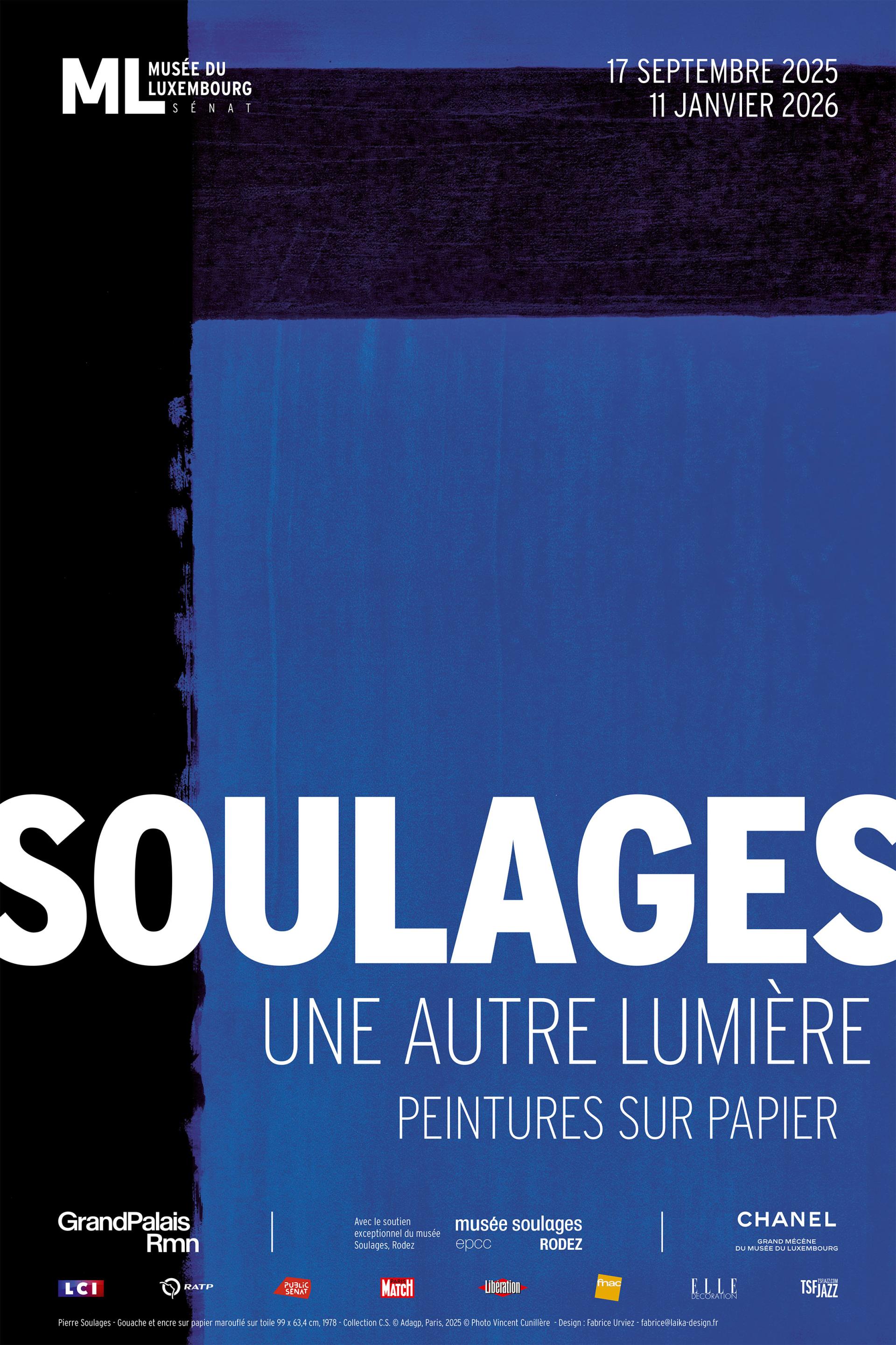
Soulages - Musée du Luxembourg
Pierre Soulages' work on paper, which is rarely exhibited in its own right, is an essential part of his artistic career. As early as 1946, he explored this avenue with walnut-stain paintings featuring broad, assertive marks, immediately marking his singularity within the abstract approaches of the time.
Thanks to exceptional loans from the Musée Soulages, the exhibition brings together 130 works created between the 1940s and the early 2000s, including 25 never-before-seen pieces. You'll discover a group of paintings on paper, long kept in the artist's studio, which testify to the constancy and freedom with which Soulages approaches this medium.
Pierre Soulages favored walnut stain in the early years, but often returned to this material, prized by cabinetmakers for its qualities of transparency, opacity and luminosity, in contrast to the white of the paper. He would also use ink and gouache for works whose limited formats in no way compromised their formal power and diversity.
By highlighting this set of paintings on paper, the exhibition invites you to rediscover Pierre Soulages in a practice that is both intimate and decisive, at the heart of his plastic language.

Kandinsky, the music of colors
The Musée de la Musique-Philharmonie de Paris and the Centre Pompidou join forces to present nearly 200 works and objects, revealing the fundamental role that music played for Kandinsky in his daily life, in his vocation as an artist and in the evolution of his practice towards abstraction. In addition to some one hundred works and drawings, the exhibition features an imaginary cabinet illustrating Kandinsky's love of music. The scores he acquired, the music books and leaflets he collected, the photographs of his musical friendships and his record collection are essential objects in his artistic culture.
Kandinsky's pictorial output is inextricably linked to his thoughts and experiments on the synthesis of the arts. The exhibition places paintings and drawings in dialogue with his various projects for the stage, his poems exploring the "pure sound" of words, and the Almanach du Blaue Reiter (Blue Rider), all of which operate the fundamental unity of the visual and sound arts. Finally, because music is also, in Kandinsky's eyes, an art of
performance, the exhibition features the recreation of several synesthetic works, such as the Music Salon he designed for the Berlin Architecture Exhibition in 1931.

My Name is Orson Welles
Orson Welles (1915-1985) directed 12 completed feature films, including his most famous, Citizen Kane (1941), made when he was just 25. An immense creator of cinematic forms, brilliantly renewing the use of the sequence shot, depth of field and rapid editing, Welles never ceased to surprise through the protean aspect of his work. This exhibition is intended as an introduction to this extraordinary body of work.
The exhibition pays tribute to Orson Welles' eventful career through a scenographic journey that combines chronology and exploration of the major themes of his films. Over the course of the exhibition's five sections, 400 works illustrate the singularity and creative process of Orson Welles: photographs (by Xavier Lambours, Alexandre Trauner, Nicolas Tikhomiroff, Roger Corbeau, Irving Penn and Cecil Beaton), archives, drawings, audiovisual loops and installations. In addition to generous extracts from his films, the exhibition brings together some forty works by Orson Welles as a draughtsman and sculptor.
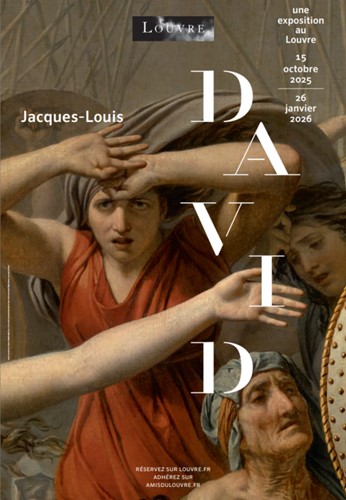
Jacques-Louis David
To mark the bicentenary of the death of Jacques-Louis David (1748-1825), the Musée du Louvre, which holds the world's most important collection of the artist's paintings and drawings, offers a new vision of a personality and oeuvre of exceptional richness and diversity. The exhibition highlights the inventive force and expressive power of the painting of an artist who created images that still haunt our collective imagination today.
The last major monograph devoted to David was organized at the Louvre and the Château de Versailles, in 1989, to mark the bicentenary of the French Revolution. This new exhibition, which embraces the long career of an artist who lived through six political regimes and played an active part in the Revolution, brings together some one hundred loans, including the imposing fragment of Le Serment du Jeu de Paume (on loan from the Musée du Louvre at the Château de Versailles) and the original version of the famous Marat assassiné (Musées royaux des Beaux-Arts de Belgique, Brussels).

The worlds of Colette
A journey through the writer's work and how it resonates with our contemporary questions. Her writing, placed in its historical and social context, will be essential, as will the question of the interplay between fiction and self-writing. The exhibition is organized into five main thematic sections, crossing the dual chronology of Colette's publications and her life. Each section highlights the experience of reading Colette's work, while at the same time examining the close relationship between writing and life.
With over 300 items on display, the exhibition reveals the worlds of an independent woman who created a bold, sometimes transgressive body of work that is always astonishingly topical. Manuscripts, paintings, photographs, prints and a number of emblematic objects shed light on the themes running through Colette's work and life - the feminine, identity, emancipation, nature, desire - as well as the constant interplay of mirrors between the author and her characters.

Rick Owens, Temple of Love
The exhibition traverses the work of Rick Owens, from his beginnings in Los Angeles to his most recent collections. Artistic director of the exhibition, the fashion designer has teamed up with the Palais Galliera to create an itinerary that extends across the museum's façade and garden, reflecting on love, beauty and difference through a monumental mise-en-scène.
Featuring over 100 silhouettes, the retrospective is complemented by the designer's personal archives, videos and never-before-seen installations. Works by Gustave Moreau, Joseph Beuys and Steven Parrino revisit the designer's sources of inspiration and show his work in a new light. The exhibition also highlights the importance of his wife Michèle Lamy, whose presence is felt throughout.

Niki de Saint Phalle, Jean Tinguely, Pontus Hulten
Mythical couple, Niki de Saint Phalle (1930 - 2002) and Jean Tinguely (1925 - 1991) are united by an artistic bond and a shared vision of creation as an act of rebellion against established norms. The exhibition retraces the itinerary of these two artists through the figure of Pontus Hulten (1924 - 2006), the first director of the Musée national d'art moderne at the Centre Pompidou, who shares their conception of a disruptive, multidisciplinary and participatory art.
Through the prism of Pontus Hulten, the first director of the Musée National d'Art Moderne at the Centre Pompidou from 1977 to 1981, the exhibition revisits the creations of Niki de Saint Phalle and Jean Tinguely in a playful historical journey where art, love, friendship and commitment are intertwined. Pontus Hulten's radical and innovative approach to the museum gave the pair unconditional support. He shared their anarchist vision of art for all, multi-disciplinary and participatory, moving the boundaries.
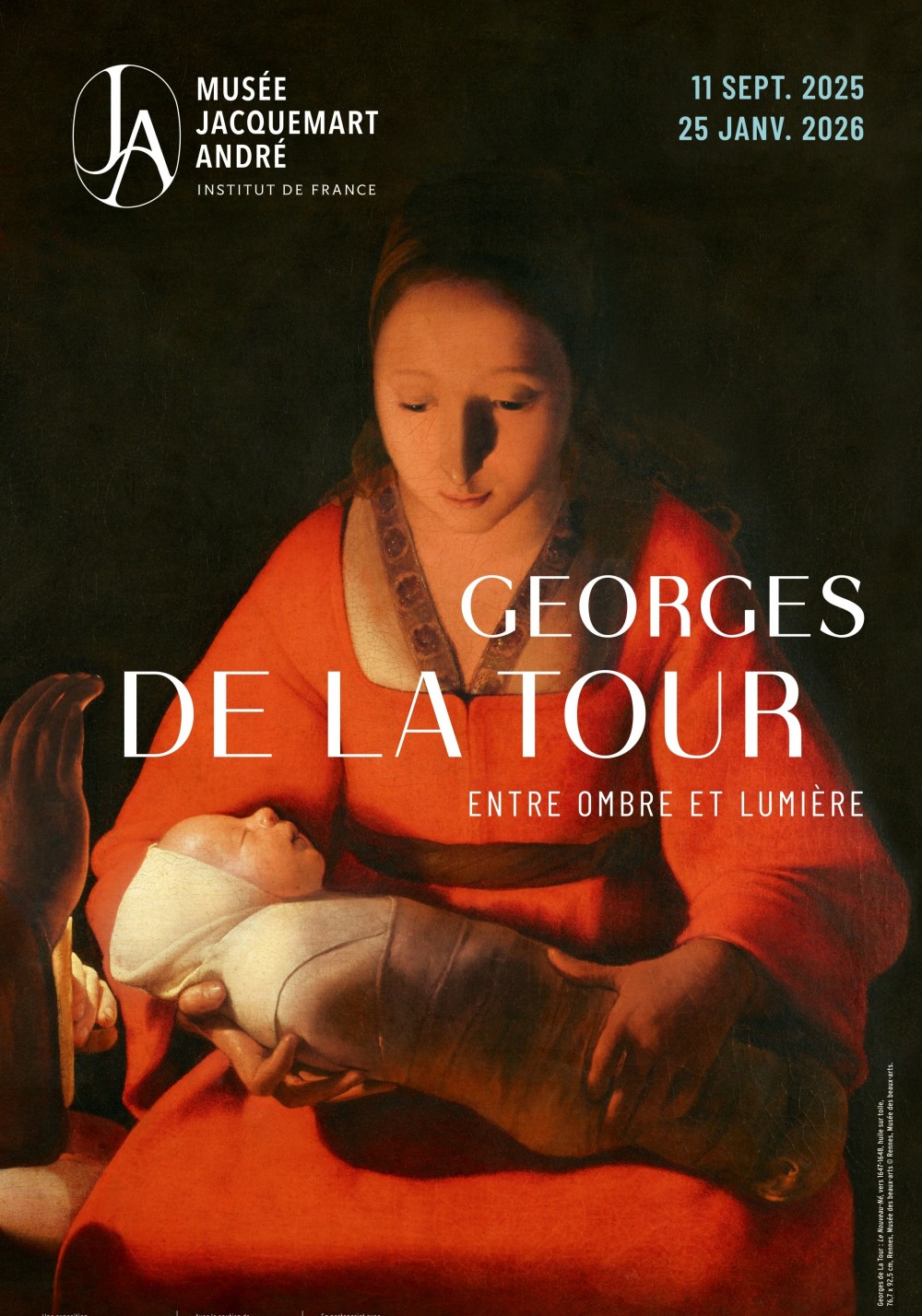
Georges de La Tour at the Musée Jacquemart-André
This retrospective offers a fresh look at the rare work of one of the greatest French painters of the 17th century. Despite the scarcity of surviving originals (only some forty authentic works by the painter are known today), the art of Georges de La Tour has left a profound mark on the history of art. Through his subtle naturalism, the formal purity of his compositions and their spiritual intensity, he created a pictorial language of great emotional power.
Bringing together some thirty paintings and graphic works on loan from French and foreign public and private collections, the exhibition adopts a thematic approach designed to pinpoint the originality of Georges de La Tour (1593-1652). The exhibition explores his favorite subjects - genre scenes, figures of penitent saints, artificial light effects - while placing his life and work in the broader context of European Caravaggism, particularly the influence of French, Lorraine and Dutch Caravaggists.
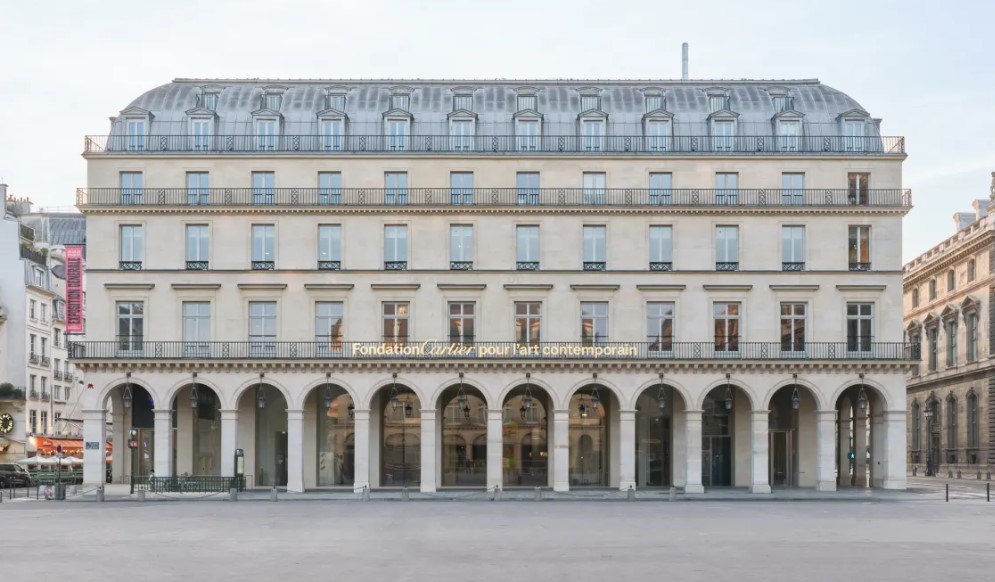
Fondation Cartier pour l'art contemporain
Since its creation in 1984 by Alain Dominique Perrin, then President of the Maison Cartier, it has exhibited artists from all horizons, decompartmentalizing practices and fields of thought. Its collection, built up over the course of an international program, reflects its multi-disciplinary approach and the breadth of the themes it tackles, in direct contact with contemporary issues.
The Fondation Cartier is committed to making contemporary art accessible to as many people as possible. Through its exhibition projects and its program of meetings, debates, performances and conferences, the Fondation Cartier builds bridges between places of creation and nurtures a genuine space for multicultural dialogue.

Customized offers and disability
According to season and events , promotional rates are available on this website. You can also select mouthwatering offers, romantic offers, festive offers, long stay offers….
Are you disabled? Ask us about the provision of a telephone with large buttons or a luminous alarm clock. We also offer you one of our Executive rooms located on the ground floor of the hotel, equipped for people with reduced mobility.
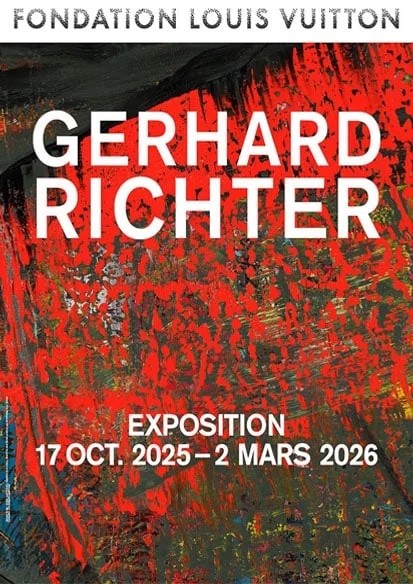
Gerhard Richter - Fondation Louis Vuitton
The Fondation Louis Vuitton presents a retrospective of the work of German painter Gerhard Richter, born in Dresden in 1932, who fled to Düsseldorf in 1961 before settling in Cologne, where he still lives and works today. This exhibition, unprecedented in its scope and temporality, brings together 270 works from 1962 to 2024 - oil paintings, steel and glass sculptures, pencil and ink drawings, watercolors and painted photographs - spanning 60 years of creative activity.
Gerhard Richter has always been interested in both the subject and the very language of painting, a veritable field of experimentation whose limits he has never ceased to push. Whatever the subject, he never paints directly from nature, nor from the scene in front of him: everything is filtered through another medium, such as a photograph or a drawing, from which he creates an independent, autonomous image. This exhibition brings together many of Richter's major works up to his decision in 2017 to stop painting, while continuing to draw. Each section of the exhibition is chronological, covering around a decade and showing the evolution of a singular pictorial vision.

The Dior Gallery
The Dior Gallery, a testament to the bold vision of Christian Dior and his six successors: Yves Saint Laurent, Marc Bohan, Gianfranco Ferré, John Galliano, Raf Simons and Maria Grazia Chiuri.
Restaurants & bars

Le comptoir des Petits Champs
17, rue des petits Champs, 75001 Paris

Loulou
107, rue de Rivoli, 75001 Paris

Le Grand Vefour
17, rue du Beaujolais, 75001 Paris

Maceo
15, rue des Petits Champs, 75001 Paris

THE GREAT COLBERT
2 Rue Vivienne 75002 Paris

LE CAFE DU LOUVRE
3 AVENUE DE L'OPÉRA 75001 PARIS

BISTROT RICHELIEU
45 Rue de Richelieu 75001 Paris

LA FONTAINE GAILLON
1 Rue de la Michodière 75002 Paris
.png)
Café Laperouse
2 place de la Concorde - 75008 Paris

Le minet galant
8 Rue de Monsigny 75002 Paris

BRASSERIE DU LOUVRE - BOCUSE
Place André-Malraux 75001 Paris

BISTROT RICHELIEU
45 RUE DE RICHELIEU 75001 PARIS

BAR DANICO
6 RUE VIVIENNE 75002 PARIS

PANTAGRUEL
10 rue de Richelieu 75001 Paris

Le Grand Vefour
17, rue du Beaujolais, 75001 Paris

LA BELLE EPOQUE
36 Rue des petits champs 75002 Paris

BISTROT VIVIENNE
4 rue des Petits champs 75002 Paris

CAFE DE LA REGENCE
167 Rue Saint-Honoré 75001 PARIS

DAROCO
6 Rue Vivienne 75002 Paris

Le comptoir des Petits Champs
17, rue des Petits Champs, 75001 Paris

Maceo
15, rue des Petits Champs, 75001 Paris
Hotel Therese
Contact form
Contact form
Request a callback
Need help booking? Contact us on +33 1 42 96 10 01 or ask for a call back:
Subscribe to the newsletter
Receive hotel offers and promotions directly by email! Your email address will remain completely confidential and will never be shared or resold.









